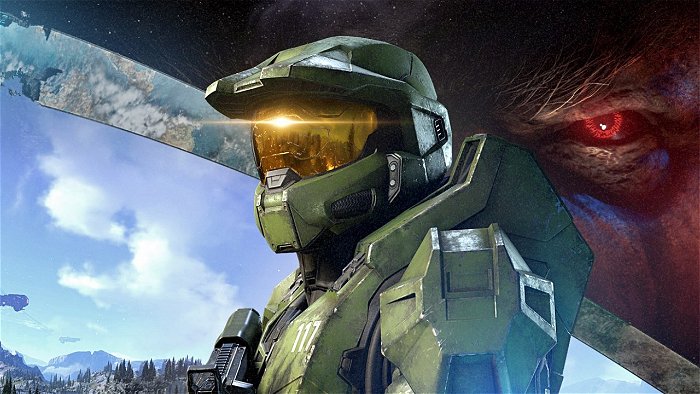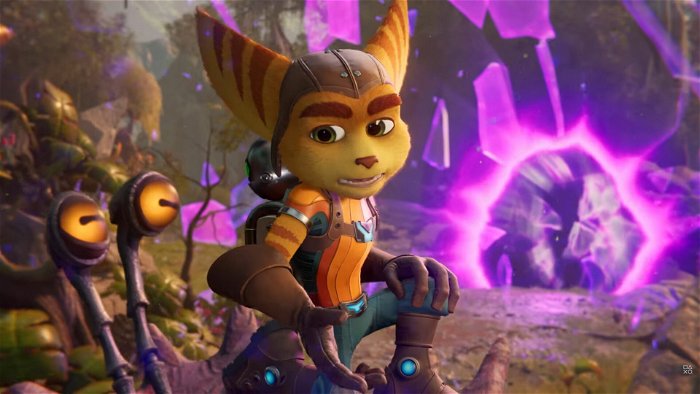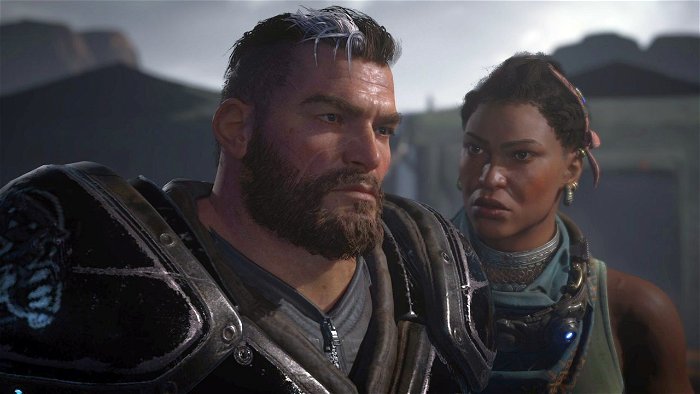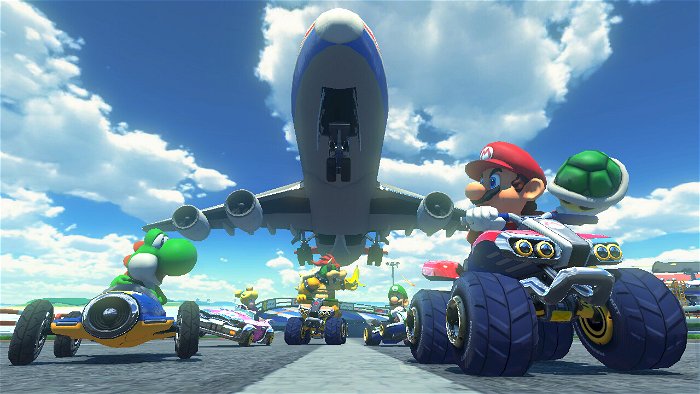Depending on who you ask, the current generation first got underway when the Wii U launched in November of 2012, or else the race finally started when all the consoles came to market in November of 2013. Regardless of which date you choose to go by, one thing that’s clear is that even though this generation is just getting started, the Big Three have already sharply defined their respective positions for global sales.
Sony has so far made few critical errors in terms of pricing and marketing, and they’re sitting in the #1 position both worldwide and in many of the bigger markets for games. Microsoft is sitting at #2 thanks to some serious PR, pricing and policy blunders leading up to launch that killed the momentum they were previously enjoying as America’s favourite console. Meanwhile, the Wii U, despite having launched a full year ahead of competitors, sits in last place.

The big question is, are these positions solidified, or is there still a chance for things to change as time passes?
Sony remaining in first place is likely to stay that way, thanks to the numerous factors working in Sony’s favour this generation. The last generation, Sony entered a full year after the other competitors, at the highest price, with a machine that was difficult to work on. It cost Sony their dominance in bigger markets like the USA and UK, and it was only after years of stripping out features to bring the price down, building up a library of games, and missteps from competitors like Microsoft’s disastrous “red ring of death” fiasco that the PS3 clawed its way out of last place become a top seller.
This generation, Sony’s done the exact opposite of their last gen strategy and their cheaper, easier to program for, more powerful machine with consumer friendly policies has solidified an early lead. Thanks to price combined with existing brand loyalty, Sony is enjoying a comfortable lead everywhere except their home country of Japan where it is getting consistently outsold by the Wii U, Vita and 3DS, in that order. The Xbox One will launch in Japan next month, but if historical precedent holds, it’s basically dead in the water there and not a factor.

Sony’s lead is likely to remain—and grow—unless something dramatic and unexpected happens, like a major hardware defect or ongoing security issue that compromises user data and kills the appeal of the system. If we assume that Sony is going to remain #1 for the rest of the generation, it comes down to a fight between Microsoft and Nintendo to see who gets the #2 spot, and there are no easy factors to consider in this battle.
Both machines have a different set of challenges they need to face. The Wii U, for example, tried to capture lightning in a bottle twice, attempting to appeal to the casual audiences that made the Wii the best selling console of last generation. It failed, and while Nintendo has managed to hold onto its fanatically loyal hardcore fanbase, mainstream gamers have flocked to the PS4 and Xbox One, while the casual market has migrated to smartphones, tablets, and even the 3DS as their primary game machines.
Microsoft was the favourite to take the number one spot in the run-up to this generation, but its disastrous unveiling was a one-two punch of critical mistakes that knocked it down and made recovery difficult.

A combination of an emphasis on TV rather than gaming, combined with a high price tag, a consumer-unfriendly game ownership policy and a mandatory Kinect camera—which fuelled paranoid fantasies of constant surveillance—was enough to neutralise even Xbox Live’s Facebook-esque “I can’t leave because all my friends are there” argument. Paying $500 to be spied on was enough to make many Xbox fans think, “It’s time to leave, friends or no friends”. And they did. They’ve reversed many of those unpopular decisions, but for now they’re still in the hole, digging their way out.
Nintendo has a different problem. The situation as it stands now is that the Wii U has suffered low sales almost from the start, while the Xbox One enjoyed a surge of sales from fans at launch, but demand swiftly dried up. Unlike Sony, which lost the UK and USA but had dominance in the rest of the world to bolster its sales last generation, Microsoft really only had those two countries as sales strongholds and has now lost both of them to Sony. Nintendo simply lost its casual audience worldwide then the Wii U failed to become the same massive fad that the Wii was.
Right now, Microsoft is in second place, but despite a price cut and the removal of Kinect from the console, it’s still not selling in great numbers. Titanfall, an Xbox One exclusive that EA had been hoping would become a hit of Call of Duty proportions, didn’t become the killer app they’d hoped for. Nintendo on the other hand, is gaining sale right now, thanks to the demand for Mario Kart 8.

It’s possible that Nintendo might climb its way back to the #2 spot if Microsoft’s pricing and exclusives continue to fail in regaining momentum. Nintendo has some of the most legendary franchises on the market, and they’ve yet to unleash any of their big guns in that regard. With sales increasing in the wake of Mario Kart and anticipation building for their future franchise sequels, it could very well be that the Wii U’s best years are ahead of it. Microsoft on the other hand still has Halo, but even that’s lost a lot of its lustre to the Call of Duty franchise.
If things continue at their current trajectory, it’s likely that Nintendo can surpass the Xbox One for global sales. The $100 price reduction hasn’t boosted Xbox One sales in the same way that the PS3 enjoyed a boost after its price drop. True, they’ve still got some exclusives in the mix, such as Insomniac’s Sunset Overdrive, but in the end most of the burden for the Xbox One’s desirability will rest on Master Chief’s shoulders and the Halo franchise.
It’s not a rosy picture for the Xbox brand, which once ruled the US in terms of consumer perception and sales, but it’s the reality Microsoft faces. With the perception that it’s not as powerful as the PS4, combined with the fact that many multiplatform games – such as Destiny – are tied to specific content, there’s little reason to own both machines. On the other hand, Nintendo’s wealth of revered franchises gives the Wii U the chance to become a second console for many owners. Nintendo just needs time to get these games out, and they need to live up to Nintendo’s legacy.
In the end, there’s no real way to reliably predict how the sales of this current generation will play out. But, if there are no big, game changing events on the horizon, we’re probably looking at a world where the top two consoles are once again made by the Japanese.




